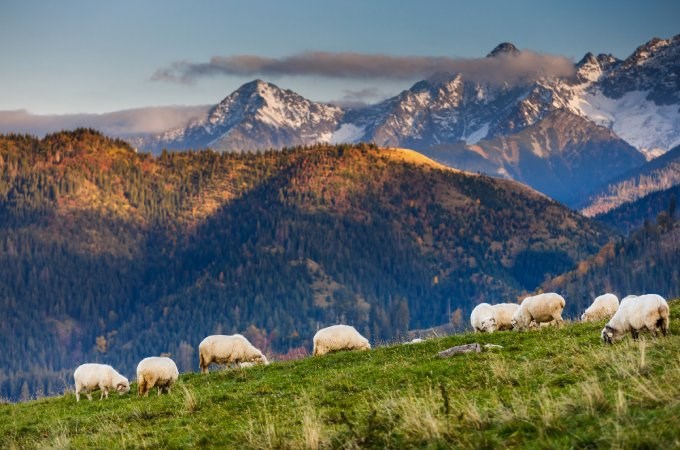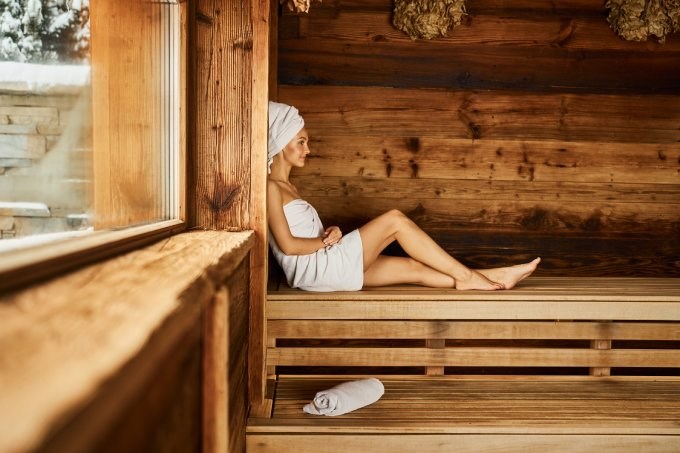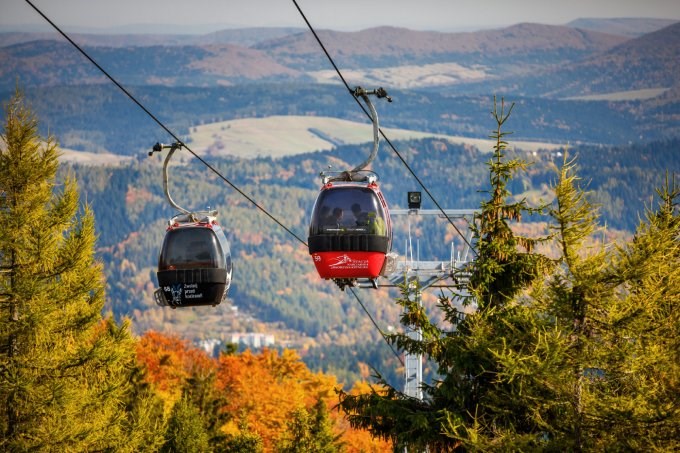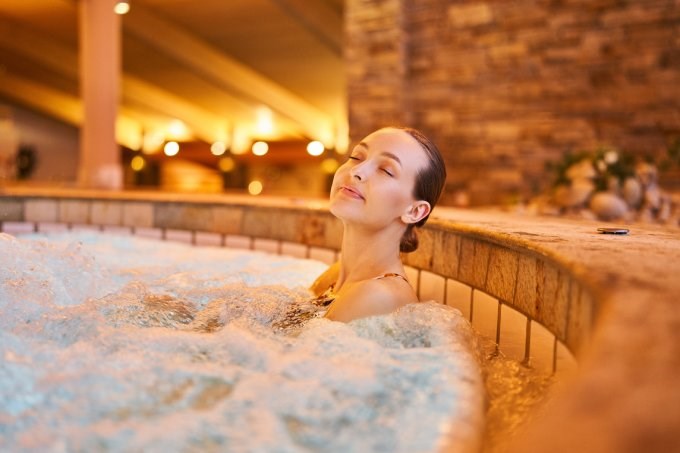
Isn’t it a truth universally acknowledged, that any individual in possession of a tired body, must be in want of a properly relaxing dip in hot water? And even if today, unlike in the days of Jane Austen, that seems to be available at the turning of a tap (or quite likely two, if you’re in the UK), a hot bath may be convenient but what it gives you is far from the ideal.
As can be easily guessed, one of the reasons is the industrially treated tap water, another – tightness of space. The ideal certainly requires much more space and mineral composition of water adjusted to your preferences or perhaps ailments. There is plenty of room in the thermal pools of Małopolska as they were only designed recently with all the contemporary comforts and needs in mind, and built to ensure comfort and pleasure, respecting all the needs of environment. The latter is ensured by the hot water lying in reservoirs deep below, even a5 2–5 kilometres under the surface, whose healing properties have been scientifically proven. At 72°C (162°F) they dissolve the surrounding mineral deposits and need cooling to around 32°C (90°F) before being fed into the pools.

As most of the region’s spas lie in Podhale, a subregion of Małopolska at the foot of the Tatra Mountains, which guarantees views of magnificent rocky mountains, add some astounding panoramas to please the eye, and ample tourist and recreational attractions for après le bain, and the purely leisurely atmosphere, and there you are! Right in the middle of the thermal spa of your choice. For there is plenty to choose from, depending on your preferences and needs. Among their leisurely atmosphere, places like Białka, Bukowina, Chochołów, Szaflary, and Zakopane promise plentiful infrastructure for health treatment, relaxation, and also physical exercise. There are good reasons behind Zakopane, the capital of the district, being hailed the winter capital of Poland. Not only does it offer carefully prepared skiing infrastructure all winter long, which you can also find in Białka and Bukowina nearby, but also plenty of waymarked trails to follow into both the highest and the lower mountains. Whether just a stroll, a day-long trekking or backpacking with your own tent or nights in tourist shelters, hiking in the mountains is a natural option, as Podhale is surrounded by unique protected mountains on all sides – with Gorczański National Park organised around ranges of rolling though high hills, the Pieniński National Park with its beautiful limestone cliffs in the east, the (closest) Tatrzański National Park with Poland’s highest summits soaring over the lower wooded range of the Regle in the south, and, the Babiogórski National Park with its mighty highest peak visible from afar lying a bit further to the west.

Obviously, there are also plenty of places to walk, or sip a leisurely drink or an energising coffee in and around all the hot thermal spas, as the focus of the Podhale thermal water hubs is on wellness: nourishing a healthy body through relaxation but also through exercise and beautifying therapies. They are enjoyed by people of all ages, and while the younger consider it a particular investment into the future condition of their bodies, those a bit older find it a great way of fighting some irritating ailments. All and sundry consider it a way of relieving stress, “recharging batteries”, and improving physical condition and mental acuity. Families additionally praise them for safe and abundant infrastructure for children: shallow pools, slides, artificial rivers, and assorted other attractions including interactive toys, cascades and mini waterfalls. The adults are welcome to use the various forms of jacuzzi and saunas (also offering troughs with snow and/or basins with temperatures of just 10°C / 50°F for cooling off), pools with drink bars, water massages, cascades, and geysers. While waiting for you outside the hot water are rope parks, areas to practice various sports including basketball and volleyball, climbing facilities, and even salt grottos. See for yourself which of these hot attractions will rock your boat best!

- Although seemingly fashionable for less than two centuries, spas are nothing new as the idea of drawing pleasure (and health benefits) from bathing in the water from hot springs has been around for millennia. The practice has been an important part of cultural traditions all around the world, in countries as distant as Japan, Iceland, and Ecuador, while remnants of Roman baths are scattered throughout most of Europe.
- Balneotherapy means soaking your body in natural thermal waters and is different from hydrotherapy which uses ordinary tap water.
- The benefits of balneotherapy, or, simply speaking, plunging your body into the water from thermal sources, come from the composition of the water you use. There are various categories of thermal baths depending on the mineral composition of the water.
- Research suggests that bathing in thermal waters boosts the body’s immune and hormone systems, and its positive impacts include improvement of skin hydration, reversing UV damage and inflammations at the same time relieving pain, and even balancing the microbiome (that is the levels of healthy and unhealthy bacteria that naturally live in our skins), and may lead to anti-oxidant effects.

